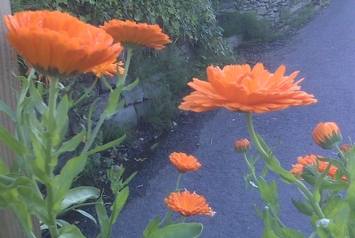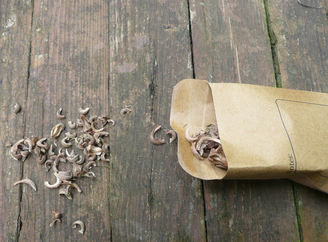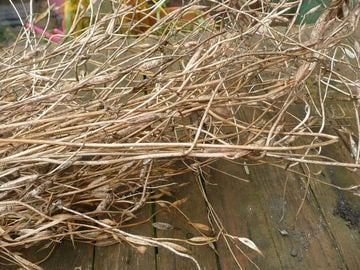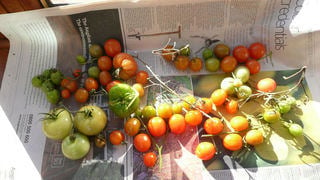Seed Potatoes
Posted on
|
|
Now is a good time to order or buy seed potatoes if you are growing earlies, or second earlies which as the name suggests are potatoes which you can harvest earlier in the year May, June, July and August.Having purchased them in January they can be set to chit in February to plant out March, which includes salad potatoes. Planting early does require with frost protection to the top growth. This can be done by growing under polythene or using cloches.
|
|
This year the Sunday Gardener will be planting Anya, International Kidney, Charlotte and Vanessa, all earlies no main crop. When the seed potatoes arrive put them in a cool light place to chit, just set them out on paper a suitable distance apart. They will spout shoots, as the photo to the left illustrates, and leave them to grow. For advice and tips on growing potatoes visit the potato veg page they are an easy and rewarding crop. A tip to get them off to a good start and increase potato yields is to add some potato fertiliser (available from garden centres and Internet supplies) into the plot or container when planting. |



 Even with the benefit of a green house over wintering plants can still have its problems, a common one being Grey Mould. This is a disease which thrives in damp conditions combined with poor air circulation, a common combination in wet dank winter months. Tips to avoid grey mould are not to pack the plants in too tightly into the green house or cold frame and ventilate as much as possible. On mild days open up the doors and vents to improve air flow. A good idea is to raise the plant off the ground which has two advantages. Its avoids the plant being on the very cold ground during periods of severe weather but also keeps the air flow underneath the plant as well. To raise the plant it's really easy to make some low trestle or supports using couple of old bricks and a plant as shown in the photo here.
Even with the benefit of a green house over wintering plants can still have its problems, a common one being Grey Mould. This is a disease which thrives in damp conditions combined with poor air circulation, a common combination in wet dank winter months. Tips to avoid grey mould are not to pack the plants in too tightly into the green house or cold frame and ventilate as much as possible. On mild days open up the doors and vents to improve air flow. A good idea is to raise the plant off the ground which has two advantages. Its avoids the plant being on the very cold ground during periods of severe weather but also keeps the air flow underneath the plant as well. To raise the plant it's really easy to make some low trestle or supports using couple of old bricks and a plant as shown in the photo here.




 If you don't like green chutney and who does, you will need to ripen the tomatoes.
If you don't like green chutney and who does, you will need to ripen the tomatoes.